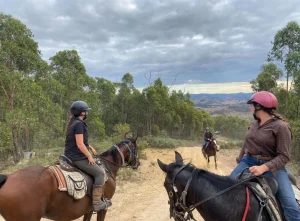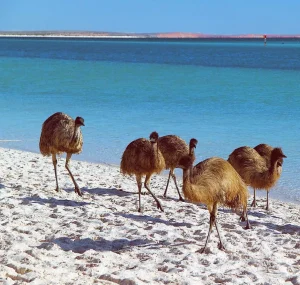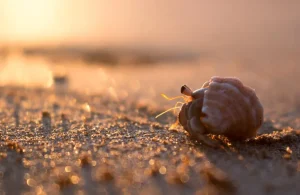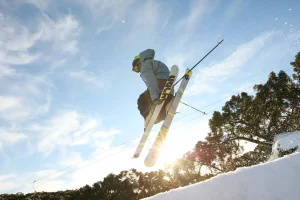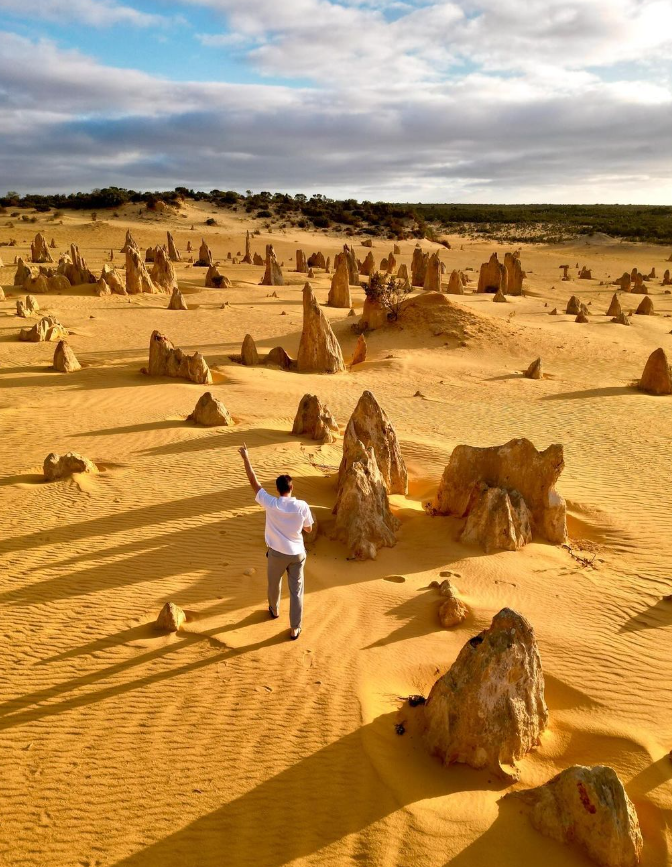
The Pinnacles Desert in Nambung National Park, Western Australia, is like nowhere else. The limestone pillars rising out of the desert floor are surreal, almost alien and change dramatically throughout the day. This ancient rock formation is one of the most popular adventure destinations for tourists and photographers. Whether you’re a beginner or a seasoned photographer, capturing the Pinnacles requires an understanding of light, composition and the right gear. Here are some tips and best practices to get the shot.
Best Times to Shoot
Golden Hour
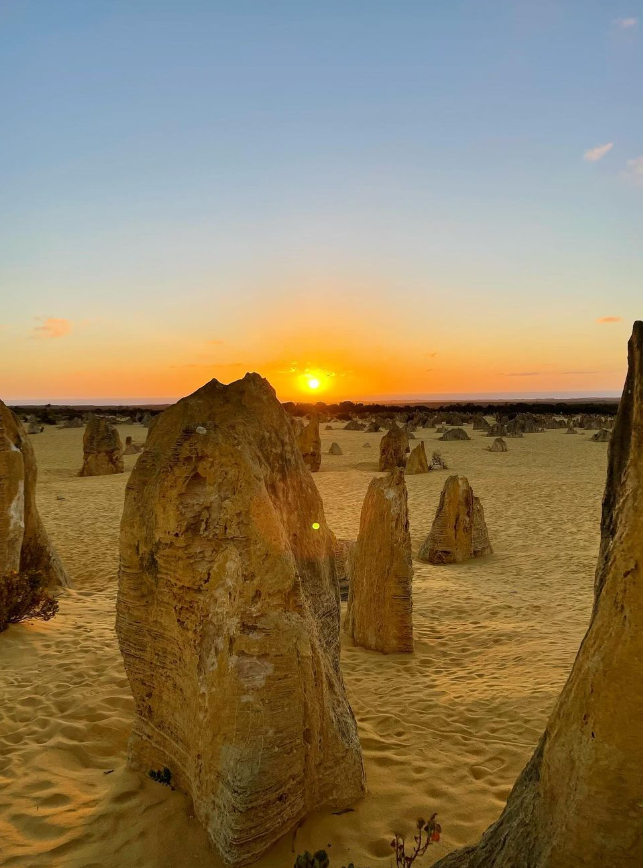
The golden hour (just after sunrise and just before sunset) is the best time to shoot the Pinnacles. The warm light enhances the textures and shapes of the limestone and creates panoramic views that are soft and dramatic. The contrast between the warm desert sand and cool limestone pillars is great, especially with the long shadows from the low angle of the sun.
Blue Hour
For more moody photography, shoot during the blue hour just before sunrise or after sunset. The cool light and quality of light during this time will give your photos a mystical feel and the rock formations will look almost alien. This is a great time to capture the night sky transitioning from light to dark or vice versa with the Pinnacles as the alien landscape foreground.
Night Photography
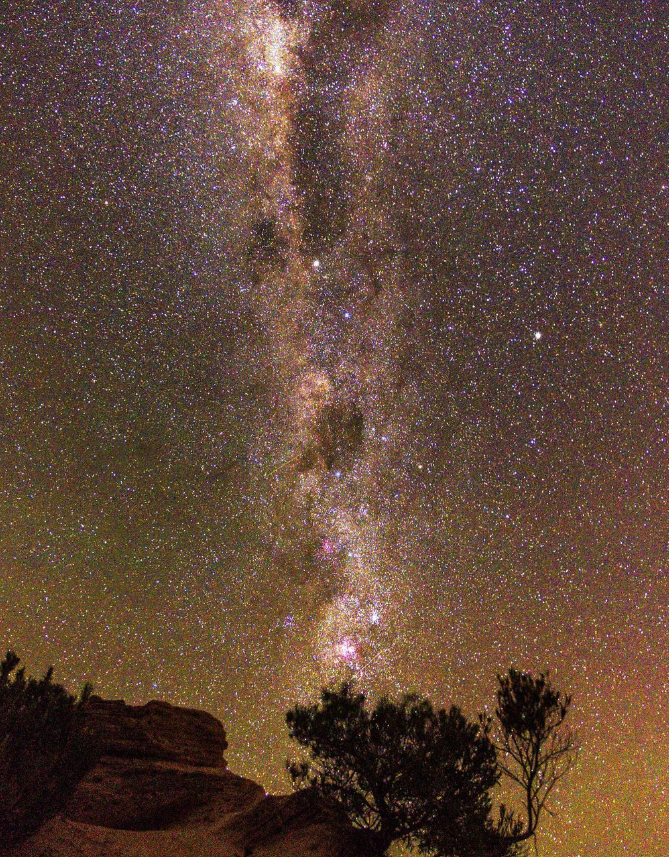
The Pinnacles Desert has some of the most pristine night skies, so it’s a great location for astrophotography. Being so remote and with minimal city lights, this desert will give you amazing shots of the Milky Way and star trails. A long exposure with the right settings will give you mesmerising shots of stars moving across the sky. If you’re lucky, you might even capture the glow of the Milky Way rising above the ancient rock formations and add some magic to your images.
Essential Gear for Photographing the Pinnacles
To get the most out of your visit, bring the following:
Wide-Angle Lens
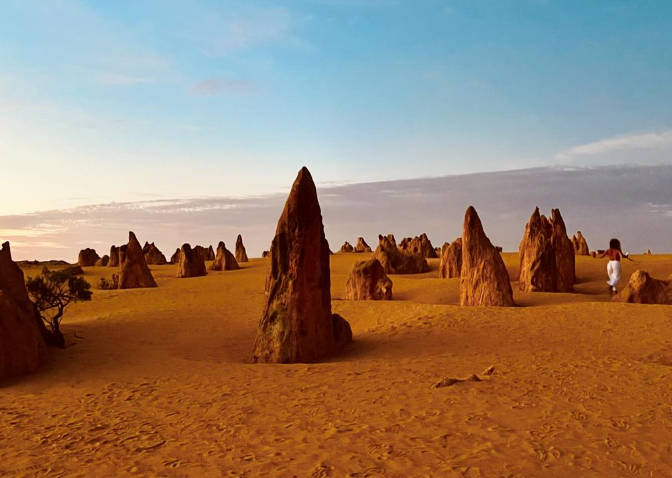
A wide-angle lens is great for capturing the desert and the full scale of the limestone pillars. You can include the sky and foreground in your shot and create depth. For landscape photography, 14mm to 35mm is the sweet spot.
Tripod
A tripod is essential for sharp images in low light, especially during sunset, blue hour and night photography. It will keep your camera steady for long exposures and prevent camera shake and get you sharp images of the Pinnacles Desert.
Polarising Filter
A polarising filter will reduce glare from the desert sand and sky and make the colours more pop. This is especially useful when shooting during the day when the sun can blow out the details in your images.
Neutral Density (ND) Filter
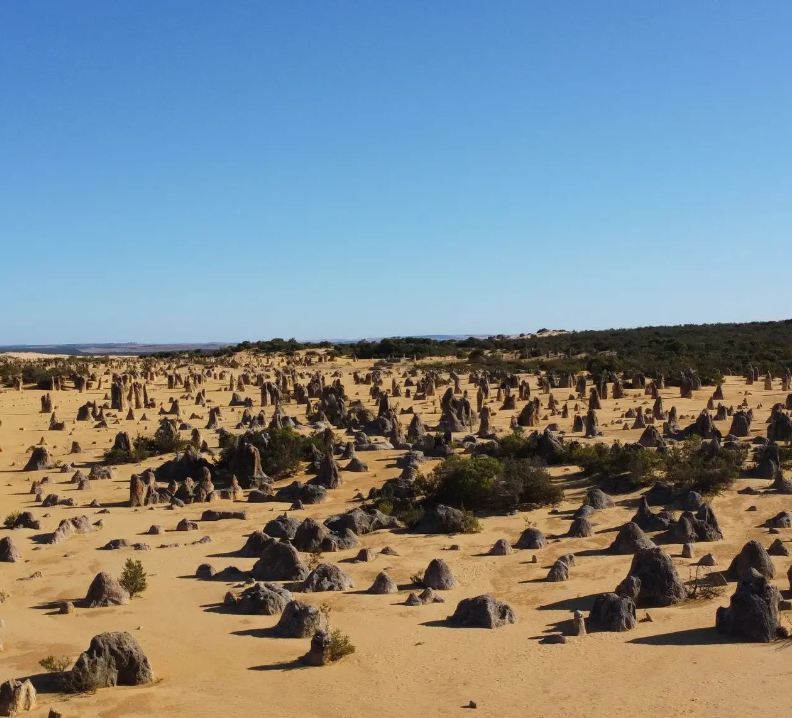
An ND filter is great for motion blur in the sky or when you want to slow down your shutter speed without over exposing your image. This is especially helpful for sunset shots when you want to smooth out cloud movement or create a soft, dreamy effect.
Cable Release
For long exposures especially for night photography, a cable release or remote shutter is a must. It eliminates camera shake when you press the shutter so your images come out sharp.
Composition Tips
Lead with the Landscape
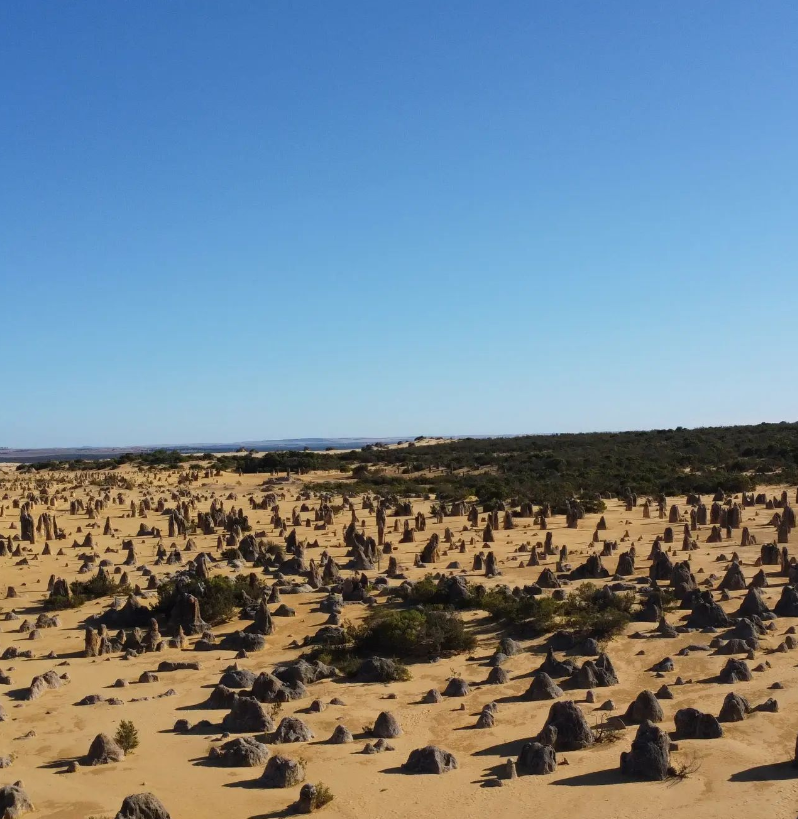
Using leading lines such as shadows or the natural contours of the desert landscape can lead the viewer’s eye into the image and add depth to your photos. The limestone formations create lines that lead to the horizon so they are great compositional elements.
Frame the Foreground
Adding foreground elements like smaller Pinnacles, vegetation, or desert formations adds depth and interest to your composition. Try different focal lengths and angles to create depth and scale.
Capture the Scale
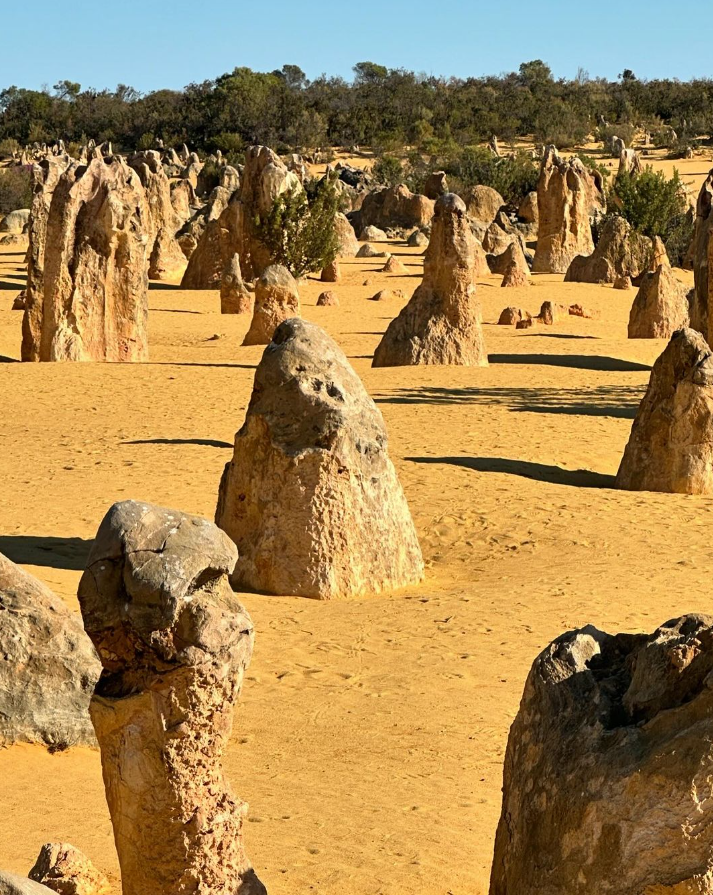
The scale of the Pinnacles can be hard to capture but including a person, vehicle or other object in your shot can help show just how big these limestone pillars are. This works well for contrasting human made objects with the natural landscape.
Play with Shadows
As the sun moves across the sky, the Pinnacles cast long, dynamic shadows that you can use to add drama and depth to your images. The shadows create movement and make your photos more 3D.
Weather and Location
Watch the Wind
The desert can be windy which can kick up sand and create visibility issues. Protect your camera gear with lens caps and camera covers, and be careful when changing lenses. Wind can also affect your shots, so use it to your advantage and capture the movement in the sand.
Cloud Cover
A partly cloudy sky is your best friend when shooting the Pinnacles. It adds texture to the blue sky. The play of light and clouds can create unique and dramatic lighting that will make your images pop.
Nearby for Photographers
If you’re visiting the Pinnacles Desert, check out Yanchep National Park and Lake Thetis, which both have more photography opportunities. Hangover Bay has pristine beaches and clear water that’s great for underwater photography. Or head to Sugarloaf Rock in the Margaret River Region for more beach landscapes.
Sun Protection and Preparation
When shooting in the desert, always be prepared with sun protection. The sun is intense, so bring sunscreen, a hat and plenty of water. Stay hydrated and take breaks in the shade when needed, as the desert heat can be brutal, especially during midday shoots.
With the right timing, gear and technique, you’ll get some amazing shots of the Pinnacles Desert, day, sunset or night. Happy shooting!
Planning a Pinnacles tour? Explore our guide filled with expert photography tips to make the most of your adventure. Capture incredible landscapes and unique rock formations!
FAQ
What’s the best time of day to shoot the Pinnacles Desert?
Golden hour (just after sunrise or before sunset) is the best when the light enhances the textures and colours of the desert. Nighttime is also great for the Milky Way.
What gear do I need to shoot the Pinnacles?
It has a wide-angle lens, a sturdy tripod for long exposures, and filters like polarizers or ND filters to manage glare and exposure.
Can I shoot the Pinnacles at night?
Yes! The Pinnacles Desert is perfect for night photography with minimal light pollution. It’s a great spot to shoot the Milky Way or try star trails.
How do I protect my gear in the desert?
Wind and sand can be tough, so use lens caps and protective covers. Keep your camera in a bag when not in use, and be careful when changing lenses to prevent sand from getting in.
How do I show the scale of the Pinnacles?
Put a person or object in your shot to give some scale. This helps to show the size of the limestone formations compared to other elements in the scene.
